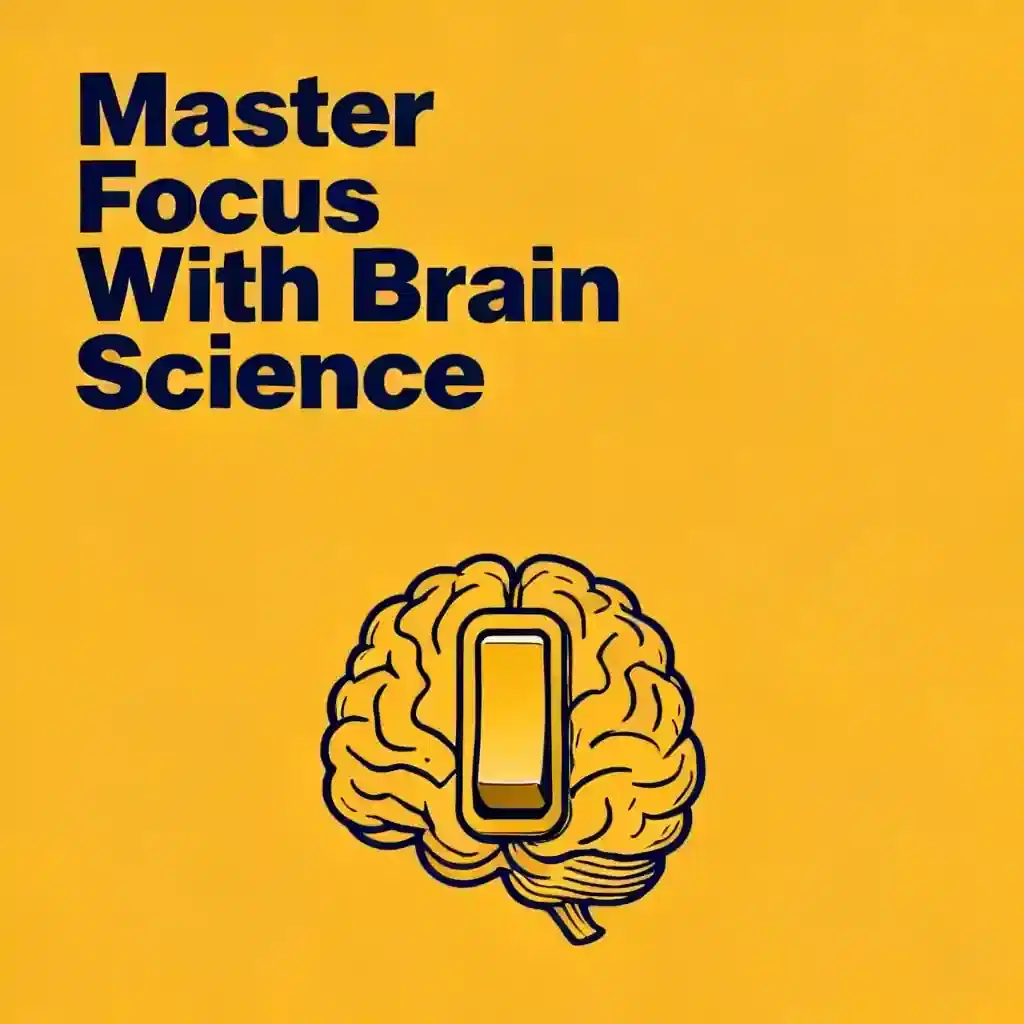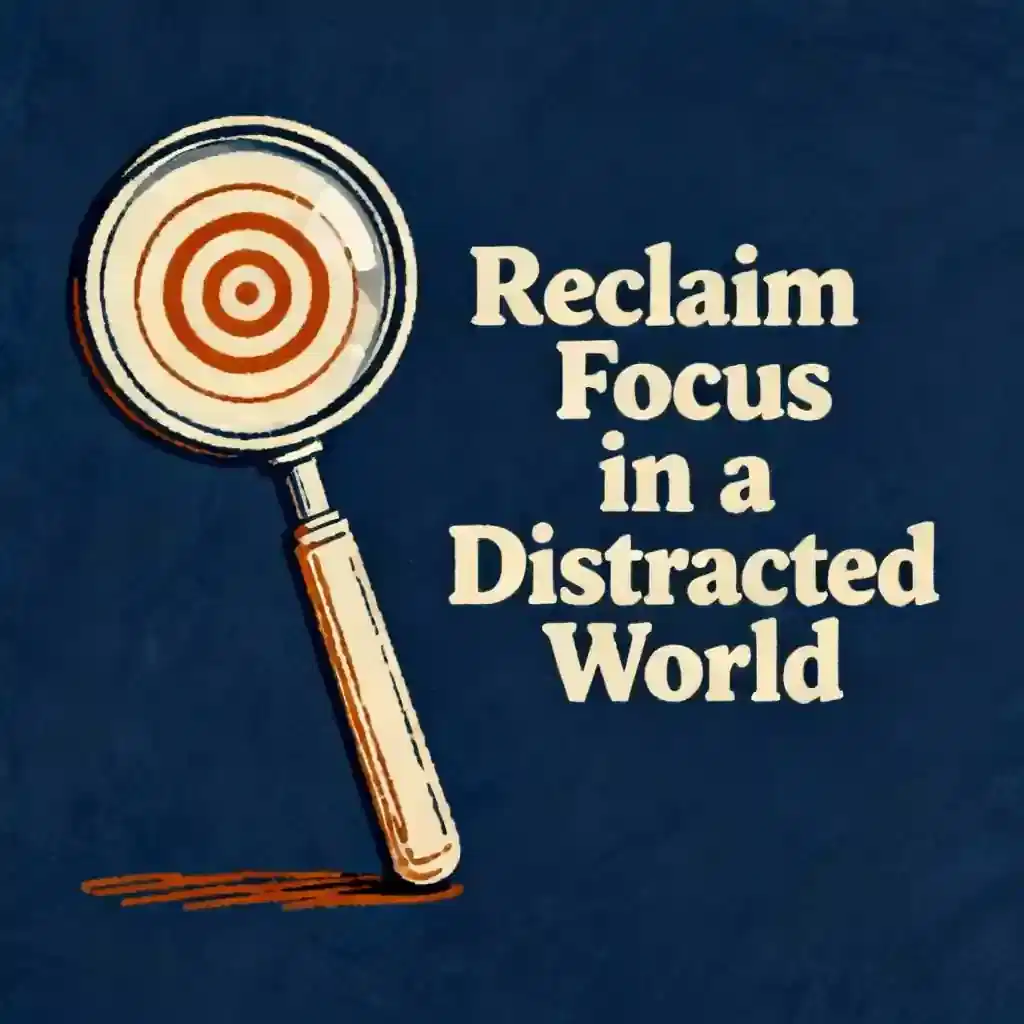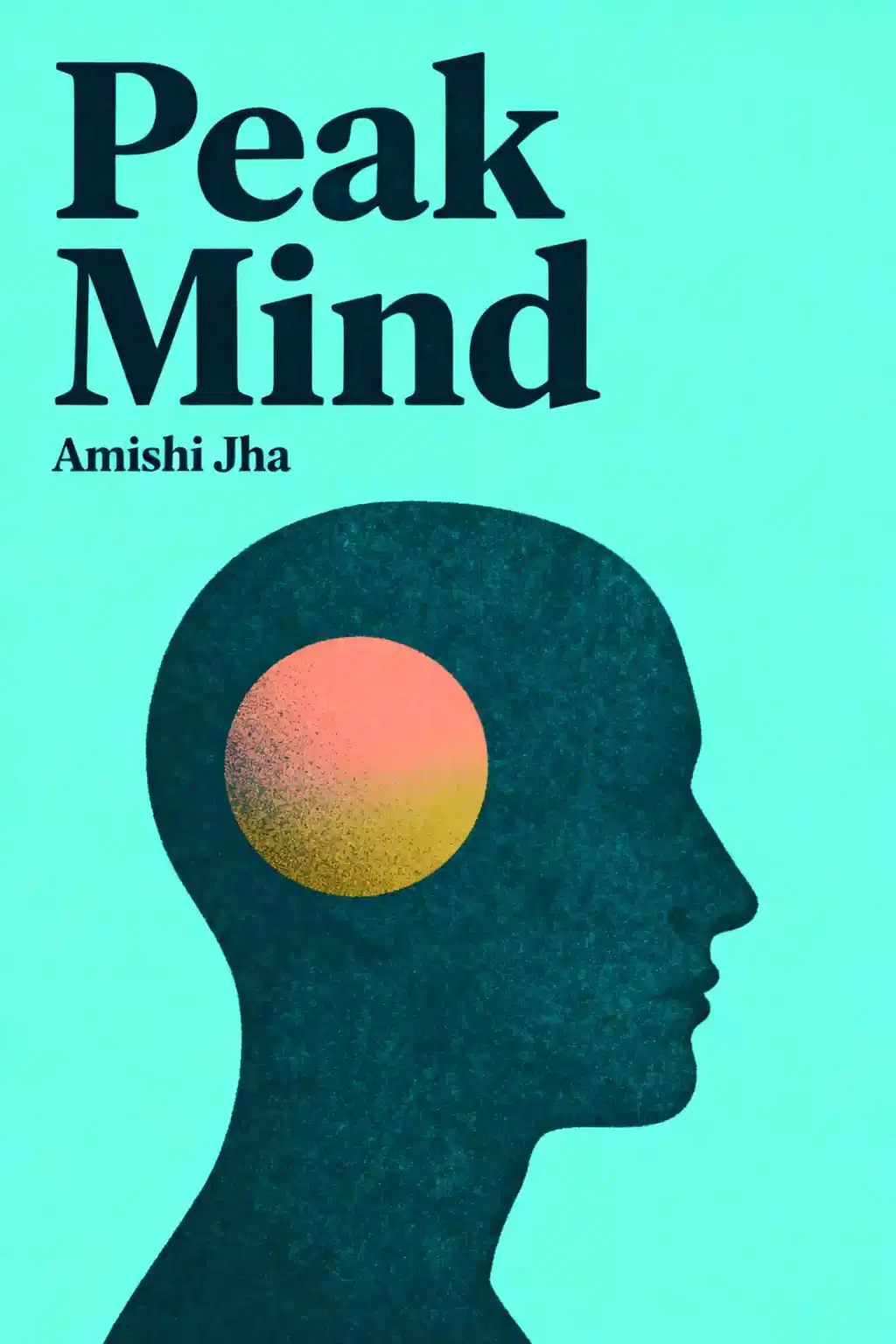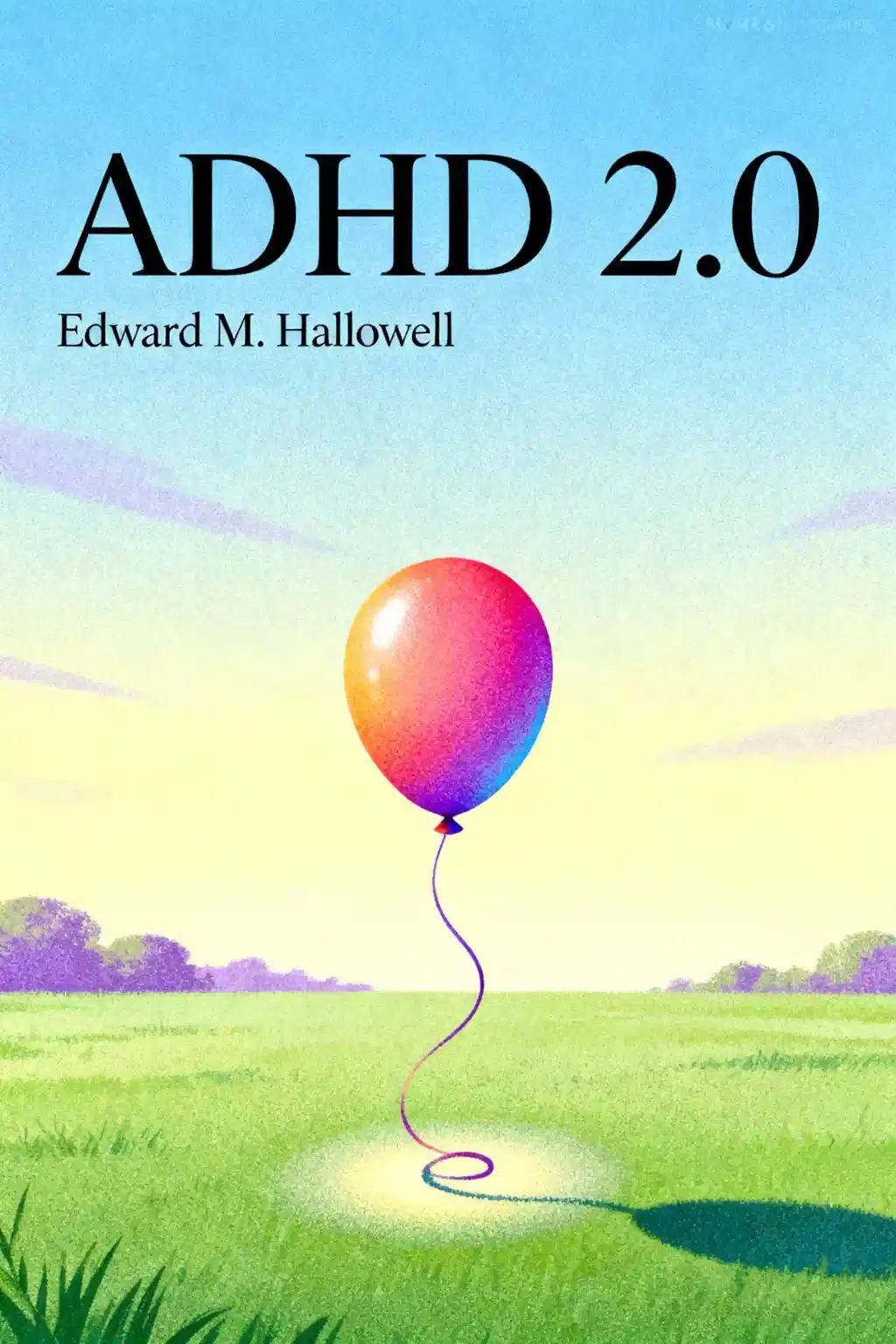What is
18 Minutes by Peter Bregman about?
18 Minutes outlines a daily 18-minute ritual to improve focus and productivity. The method involves 5 minutes of morning planning, 1-minute check-ins every hour, and 5 minutes of evening reflection to prioritize tasks and minimize distractions. It emphasizes aligning actions with core strengths and passions while setting boundaries against interruptions.
Who should read
18 Minutes?
Professionals struggling with time management, entrepreneurs, and anyone overwhelmed by daily distractions will benefit. The book offers actionable strategies for those seeking to prioritize goals, enhance productivity, and reclaim control over their schedules.
Is
18 Minutes worth reading?
Yes, particularly for readers seeking practical, bite-sized advice. The book’s structured approach—backed by case studies and Bregman’s experience as a leadership consultant—provides tools to combat modern work-life chaos. It’s praised for blending psychological insights with executable steps.
What is the 18-minute daily plan?
The plan includes:
- Morning (5 minutes): Define daily priorities using a 6-box system (tasks aligned with annual goals).
- Hourly check-ins (1 minute each): Recalibrate focus to avoid distractions.
- Evening (5 minutes): Review accomplishments and identify improvements.
How does
18 Minutes help manage distractions?
Bregman advocates creating “productive distractions” like blocking time-wasting websites and 物理隔离interruptions. By scheduling focused work blocks and using the hourly check-ins, readers learn to deflect irrelevant tasks while staying aligned with priorities.
What is the 6-box system in
18 Minutes?
This system replaces traditional to-do lists with six categories tied to annual goals. Each day, tasks are sorted into these boxes, ensuring alignment with long-term objectives. It prevents overload by limiting daily commitments to high-impact activities.
What are the key takeaways from
18 Minutes?
- Focus on strengths: Excel by prioritizing 5 core passions.
- Set boundaries: Physically eliminate distractions (e.g., phones).
- Review progress: Daily reflection ensures continuous improvement.
How does
18 Minutes compare to other productivity books?
Unlike broad theories, 18 Minutes offers a concrete, time-bound framework. It emphasizes behavioral tweaks over systemic overhauls, making it more accessible than titles like Atomic Habits or Deep Work. The focus on hourly check-ins is uniquely actionable.
What real-life applications does
18 Minutes offer?
- Career growth: Align tasks with professional goals.
- Personal projects: Use the 6-box system to balance side hustles.
- Team management: Implement hourly check-ins to maintain team focus.
What criticism has
18 Minutes received?
Some reviewers note the plan may feel rigid for creative professionals. Others highlight the need for strong self-discipline to maintain hourly check-ins consistently.
How does Peter Bregman’s background influence the book?
Bregman’s 25+ years coaching CEOs and writing for Harvard Business Review inform the book’s blend of leadership strategies and psychological insights. His wilderness expedition leadership training underscores the emphasis on resilience and focus.
What quotes summarize
18 Minutes’ philosophy?
- “The sooner you decide what to focus on, the sooner you’ll become great at it.”
- “Distractions are inevitable; your response isn’t.”
These capture the book’s emphasis on intentionality and boundary-setting.

















